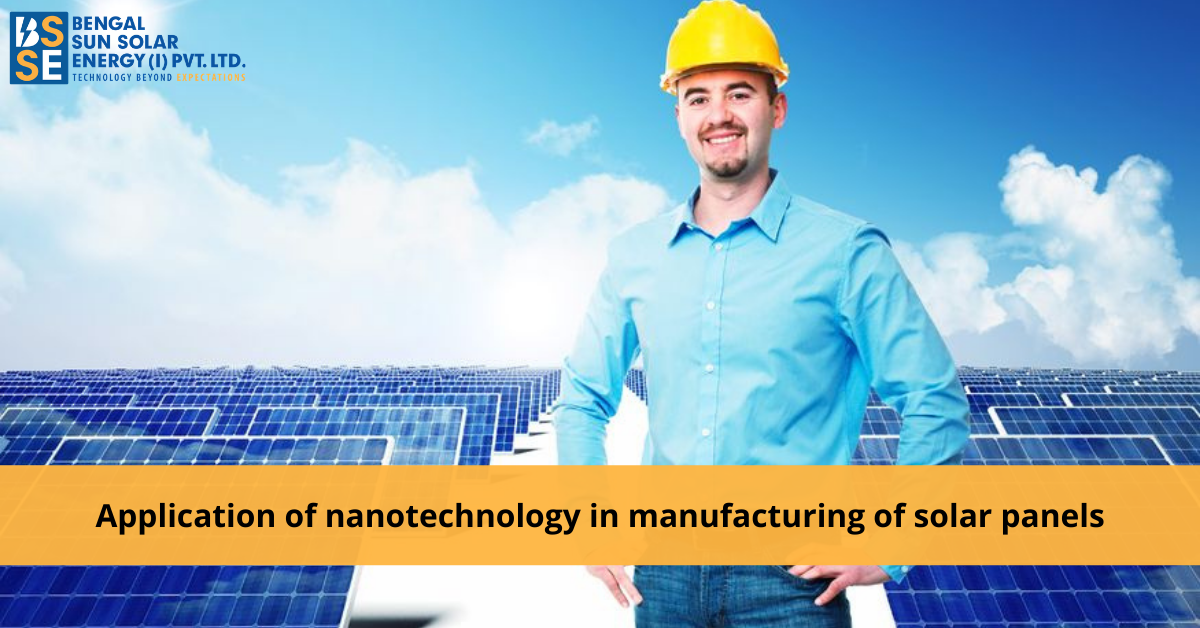With the growing importance of generating clean energy for our burgeoning needs, it has become almost essential and imperative to deeply explore alternative sources of power to save any further imprint on fossil fuels.
Taken this objective into consideration, the generation of 100% clean electrical power can be achieved from solar cells. There are some of the best solar panel manufacturers in West Bengal who have aggressively focused all their energies on establishing usage and installation of solar power cells in harnessing the abundant energy source from the Sun.
At the core, solar panels are made from photovoltaic cells or popularly known as PVs. However, at present times solar power cell installation is a costly affair but the long-term benefits are immense. With the growth and more innovation in technology, however, it is expected that the costs will eventually come down, thus making it affordable for clean energy aficionados. The research and development in the field of PV technology will take into account the following factors –
- Enable PV’s to make sizable increment in the light absorption capabilities
- Boost the efficiency of the photovoltaic effect
- Make PV cells adaptation easier in different scales and locations
There are three types of photovoltaic cells at present and they are –
- 1st generation – high-quality crystalline silicon, which has high manufacturing expense.
- 2nd generation – uses thin-film technology application with cadmium telluride (CdTe) and copper indium gallium selenide(CIGS) semiconductors. These are cost-reducing materials and are cheaper than the 1st generation, and with a higher efficiency level.
- 3rd generation – still under the development stage and includes quantum dots, nanotechnology-based semiconductors, and amorphous silicon.
The role of nanotechnology in photovoltaic cells
Nanotechnology is the next-generation option that can completely change the dynamics and the elements of designing the 2nd generation thin-film PV cells by applying nanowires, quantum dots, and radial junctions to make the PVs more efficient. PVs, where this nanotechnology application will be superior, can be made with conventional materials like silicon and titanium dioxide.
Benefits of the use of solar cells in warmer countries like India
Our country India is now the 5th largest solar power installer in the world as being a tropical country we have sunlight in abundance, the required technology in hand, and a pragmatic government with several key bodies like the Ministry of New and Renewable Energy (MNRE) and subsequently, the Solar Energy Corporation of India (SECI) have embarked upon the most ambitious drive to boost the capability of generating more power using solar energy for domestic as well as commercial use.
The rooftop sector of solar energy generation has shown encouraging trends already, achieving almost 40% of the share out of a Government set target of 100 GW by 2022.
In our state we have seen the emergence of some of the top solar panel manufacturers in West Bengal as the domestic demand from the personal use, corporate as well as the institutional side has seen a healthy rise.
Prices of components for the rooftop sector have seen a reduction thereby making it available and affordable in the correct business sense. And this has resulted in employment generation and improvement in the services with inventions with the advent of multiple companies from the private sector coming forth and establishing themselves as credible manufacturers as well as service providers.
This is a great positive solution in the reduction of carbon footprint in the country and is being seen as a revolutionary mechanism of private and public ownership and development. This is a classic example of a business initiative by the private sector, aided by strong patronage and aid by the Government.
